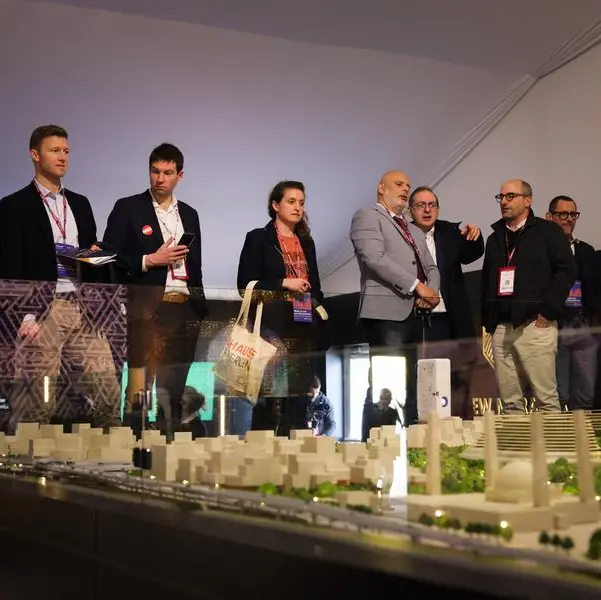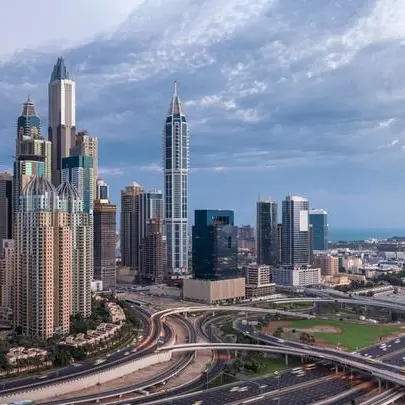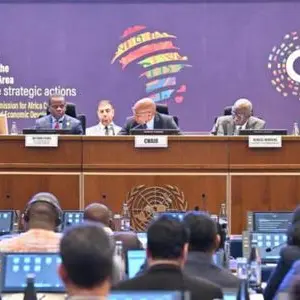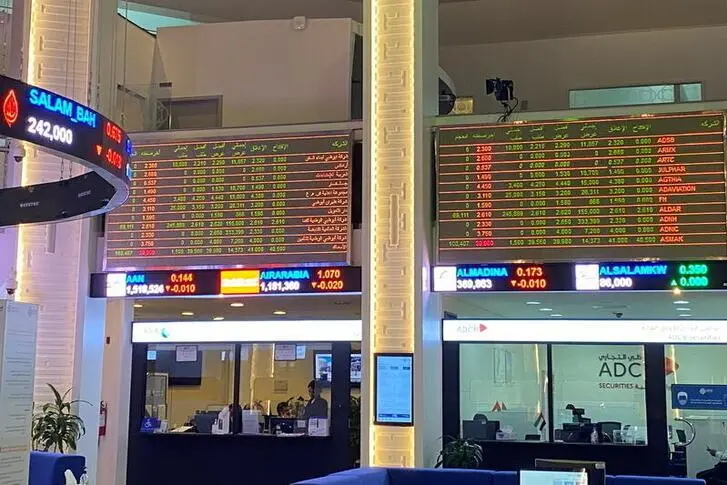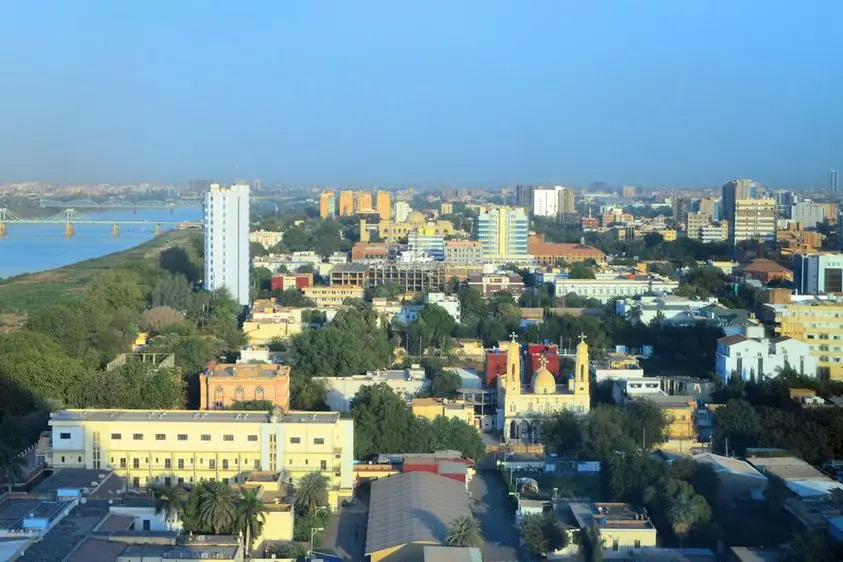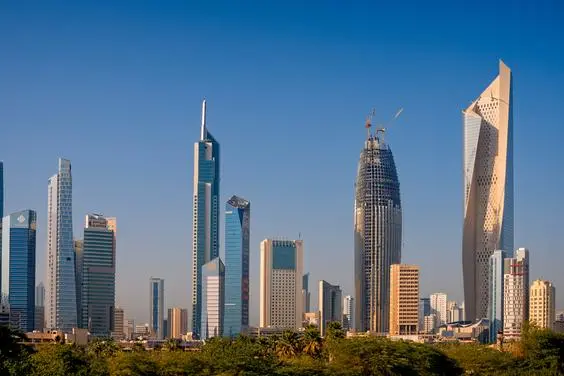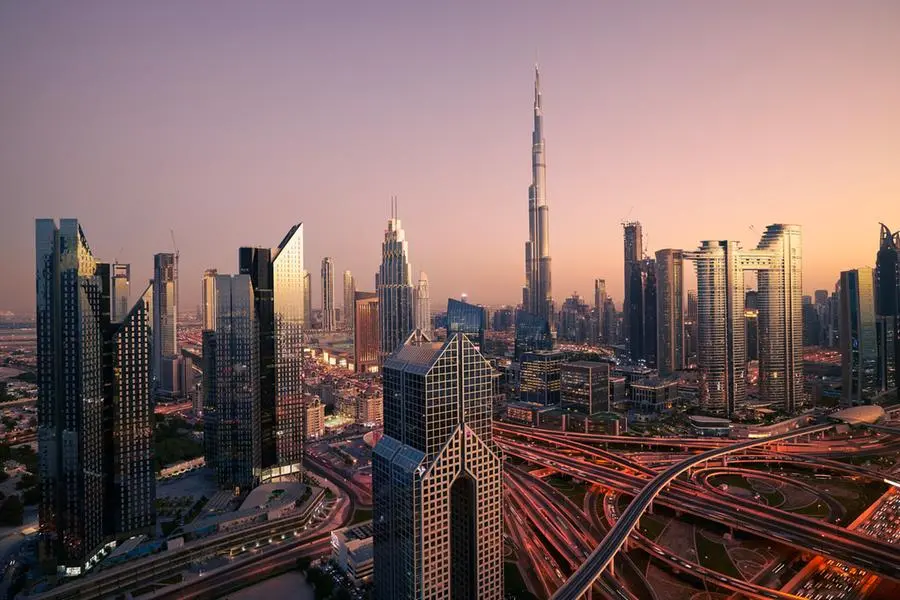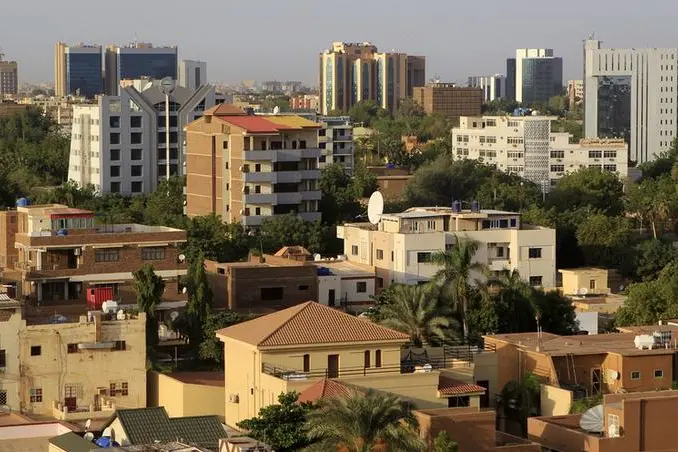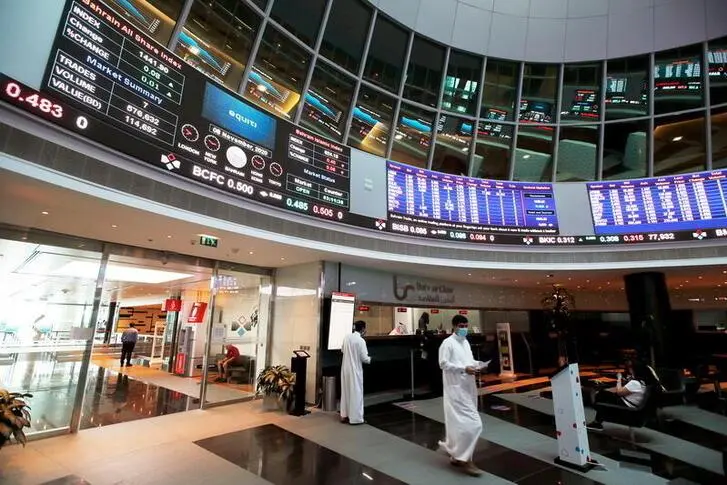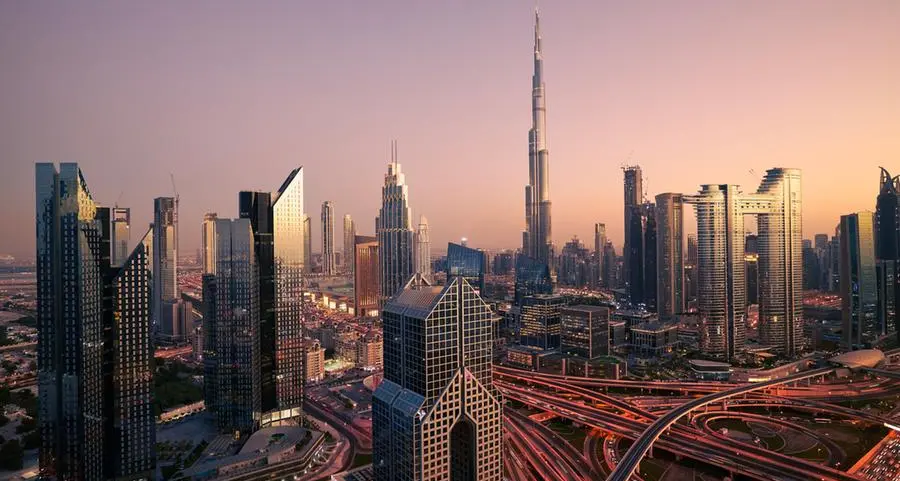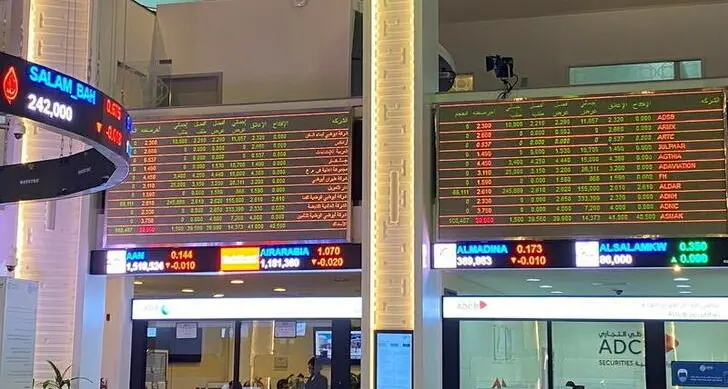
By NJ Ayuk, Chairman, African Energy Chamber
After three days in Glasgow for COP26, you can’t help but ask yourself where do we go from here as an African energy sector. I maintain my disappointment with the global elites for failing to invite the oil and gas industry. Oh well, they invited me.
With dire warnings about the impending dangers of climate change clouding the headlines on a daily basis, energy transition from fossil fuels to renewables is a hot topic. Talk of banning fossil fuels altogether floats among the more liberal circles in the United States and Europe as companies scramble to crank out acres of solar cells and plant forests of windmills. In May, the International Energy Agency (IEA) proposed banning any new investment in fossil fuels after 2021, and we’re already seeing significant divestment in oil and gas projects around the globe. I responded to their publicity stunt and I still stand by my response (https://bit.ly/3bIjd4s).
As I said at that time “we live in reality. And today, in real-world Africa, this goal is not feasible. Nor is it advisable”
The threat of climate change is real, and the goal of lessening it is noble, but what is often forgotten in these discussions are the repercussions of a rapid shift from fossil fuels, particularly in developing nations like those in Africa. Countries that have enjoyed over a century of energy development and near-universal electrification did so first by exploiting their own natural resources to the fullest extent possible — a right not everyone has been able to exercise equally. While the developed world can afford to take risks and think about sloughing off old industries, large parts of Africa are still struggling to provide their people with reliable electricity. As a result, industrialization and economic stability have remained out of reach for large swaths of the continent. Education, already a challenge in impoverished communities, is even harder. So is the provision of health care.
These are some of the reasons the African Energy Chamber has become an outspoken advocate for continued natural gas production: Gas-to-power initiatives — the development and expansion of gas-powered electricity plants — are not new to Africa, but they are building momentum. They are a practical way to address energy poverty and they make sense for Africa. This is not the time to pressure African countries to abandon them.
Living in the Dark
It is not an exaggeration to say energy poverty is one of our continent’s most pressing problems: Only 56% of Africa’s population has access to electricity today, and in many places that power is still inadequate and unreliable at best. We address this topic in our recently released report, The State of African Energy 2022.
“Comprehensive energy access across the continent remains a central target, with some 600 million people without access to electricity today,” says the report. “Moreover, households themselves, facing low and inadequate supply of electricity, often rely on highly polluting traditional energy sources such as hard biomass, which constitutes 45% of total primary energy demand in Africa.”
As Africa’s population grows rapidly, the continent cannot sustain the mass burning of its plant life in hearth fires indefinitely, nor can the rest of the world afford to let it. Replicating the bad old days of black coal smoke pouring from tall towers isn’t an option either. Africa needs modern power sources to compete on the world stage and to do its part to fight global climate change. On the surface, renewables sound like the ideal solution — sunshine and wind are certainly plentiful, after all. It would be wonderful to kip a century and turn all of Africa into Black Panther’s Wakanda with the newest green technologies--but this isn’t a movie, and real life is never that simple.
The Downside of Wind and Solar
Many existing power grids in Africa remain underdeveloped, such that an intermittent supply of energy can threaten the stability of an entire grid. Such is the case in Kenya, which is widely considered to be at the forefront of Africa’s energy transition, building momentum in the renewable sector with the 310 MW Lake Turkana wind farm and 50 MW Garissa solar PV station. Some 15% of Kenya’s installed capacity comes from solar and wind, but as our 2022 Outlook reports, they have experienced severe voltage instability. Better system management, upgraded infrastructure, and long-term power storage technology are needed to solve these problems, but implementing these things on a nationwide or continent-wide scale won’t happen overnight.
Another problem plaguing renewables development is near-complete reliance on overseas manufacturing and expertise. The majority of solar cells and windmills are made in China, like so much else, with most of the rest made in Europe and the USA. Those same countries also provide the primary supply of knowledge, training, and technology for installing, maintaining, and repairing renewable facilities. Economically, this means fewer home-grown jobs for Africans in this sector until such capacity can be developed. It also ensures security of supply in case war or politics cripples the ability to import key materials and workers.
Energy demand across Africa is expected to triple within the next 20 years--faster than anywhere else in the world — as a result of population growth, rising incomes, and rapid urbanization. To meet such rapidly accelerating demand, Africa needs the ability to make use of its existing natural resources and human capital, and to employ tried-and-true solutions that will reliably keep the lights on when the wind won’t blow and the sun won’t shine. Mitigating climate change must remain part of the equation, but the perfect cannot be allowed to be the enemy of the good when so many people are still starting from zero.
Why Gas-to-Power Makes Sense in Africa
When it comes to reliability, fossil fuels remain the standard by which all other energy sources are judged, and natural gas is the cleanest among them by far. All of sub-Saharan Africa could triple its electricity use overnight using only natural gas and still account for only a 1% increase in global emissions, so low is its starting point.
Gas power also pairs better with wind and solar than other clean power sources. Unlike coal, hydro, nuclear, or geothermal generators, gas turbines can power up and down quickly, making them ideal as backup for wind and solar when the weather isn’t cooperating and increasing the reliability of the power supply. Gas turbines require less up-front capital investment than most other generating equipment, and they have the advantage of being modular as well for quicker deployment. Until wind and solar become more reliable, gas has the potential to keep coal out of the fuel supply and displace older, dirtier equipment running on diesel or fuel oil, while ensuring that a growing society’s basic needs are met.
Africa already is seeing the benefits of its growing liquified natural gas (LNG) sector. As the 2022 Outlook reports, LNG-to-power has the potential to help build a resilient, low-emission power infrastructure across the continent.
The report cites promising developments in Ghana:
Ghana is set to commission the first sub-Saharan Africa’s LNG-to-power project at Tema LNG Terminal. A floating regasification unit arrived from China in January 2021 and it will be able to deliver 1.7 million tons of natural gas per year for power generation. Ghana’s electricity consumption remains lower than the average over the sub-Saharan region and far below that of developed countries. Bridge Power project in Tema will have the capacity to produce 400MW of electricity from liquefied natural gas. This is equivalent to the power consumption of 1.6 million average Ghanaian homes.
And this is only one example: From new gas-to-power projects in Tanzania to the construction of gas pipelines in Nigeria, African countries are poised to produce, transport, and harness natural gas to boost their power capacities.
And why shouldn’t they? A total of 25 countries on the continent have proven natural gas reserves, 11 of which are currently generating power from their own domestic production in sub-Saharan Africa. Oil and gas are the largest sources of income for many of these countries and have been for decades, giving Africa a substantial well of experience and expertise among its own population to build on. Ceasing oil and gas development in these markets would be devastating both economically and politically, potentially even leading to government collapse and drastically increased poverty. Allowing Africans to build on what they already have increases social stability and the capacity to further develop technological capability.
Ultimately, Africans deserve the same level of energy access and security that the rest of the world takes for granted. The number of people left behind is simply too large to allow foreign agendas to take viable options off the table. If Africans are to do their part in solving the world’s biggest problems such as climate change, they have to be enabled to control their own destinies and participate on their own terms. Gas-to-power is a means to that end, and a brighter future for Africa could mean a brighter future for us all.
Distributed by APO Group on behalf of African Energy Chamber.
© Press Release 2021
Disclaimer: The contents of this press release was provided from an external third party provider. This website is not responsible for, and does not control, such external content. This content is provided on an “as is” and “as available” basis and has not been edited in any way. Neither this website nor our affiliates guarantee the accuracy of or endorse the views or opinions expressed in this press release.
The press release is provided for informational purposes only. The content does not provide tax, legal or investment advice or opinion regarding the suitability, value or profitability of any particular security, portfolio or investment strategy. Neither this website nor our affiliates shall be liable for any errors or inaccuracies in the content, or for any actions taken by you in reliance thereon. You expressly agree that your use of the information within this article is at your sole risk.
To the fullest extent permitted by applicable law, this website, its parent company, its subsidiaries, its affiliates and the respective shareholders, directors, officers, employees, agents, advertisers, content providers and licensors will not be liable (jointly or severally) to you for any direct, indirect, consequential, special, incidental, punitive or exemplary damages, including without limitation, lost profits, lost savings and lost revenues, whether in negligence, tort, contract or any other theory of liability, even if the parties have been advised of the possibility or could have foreseen any such damages.

